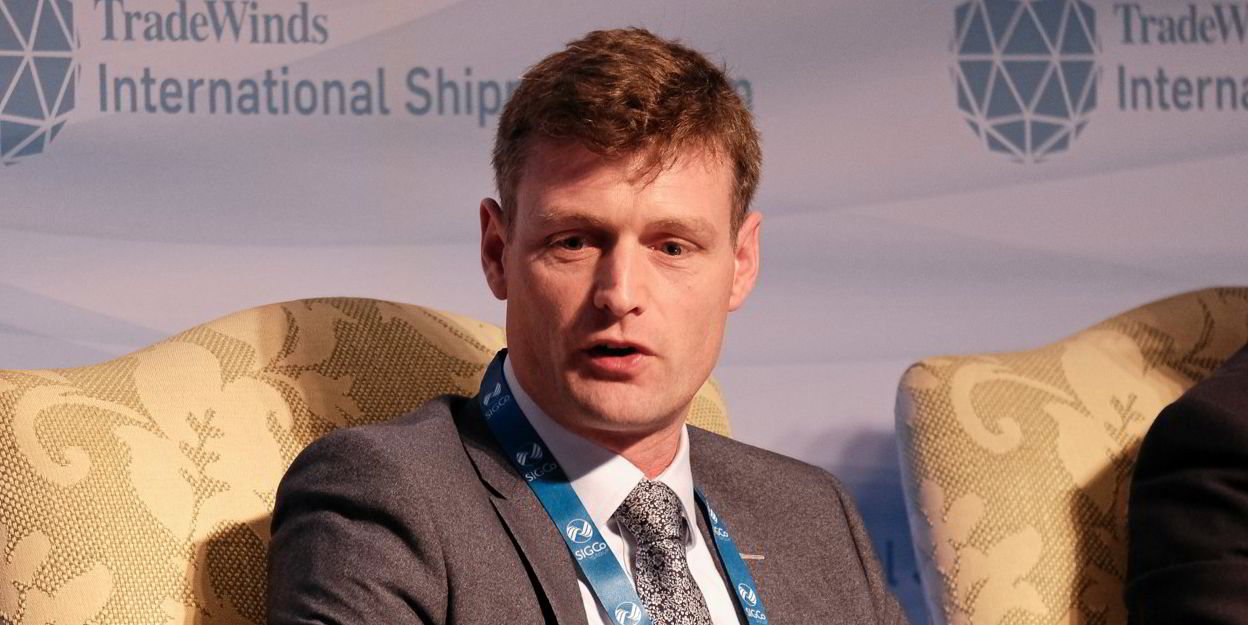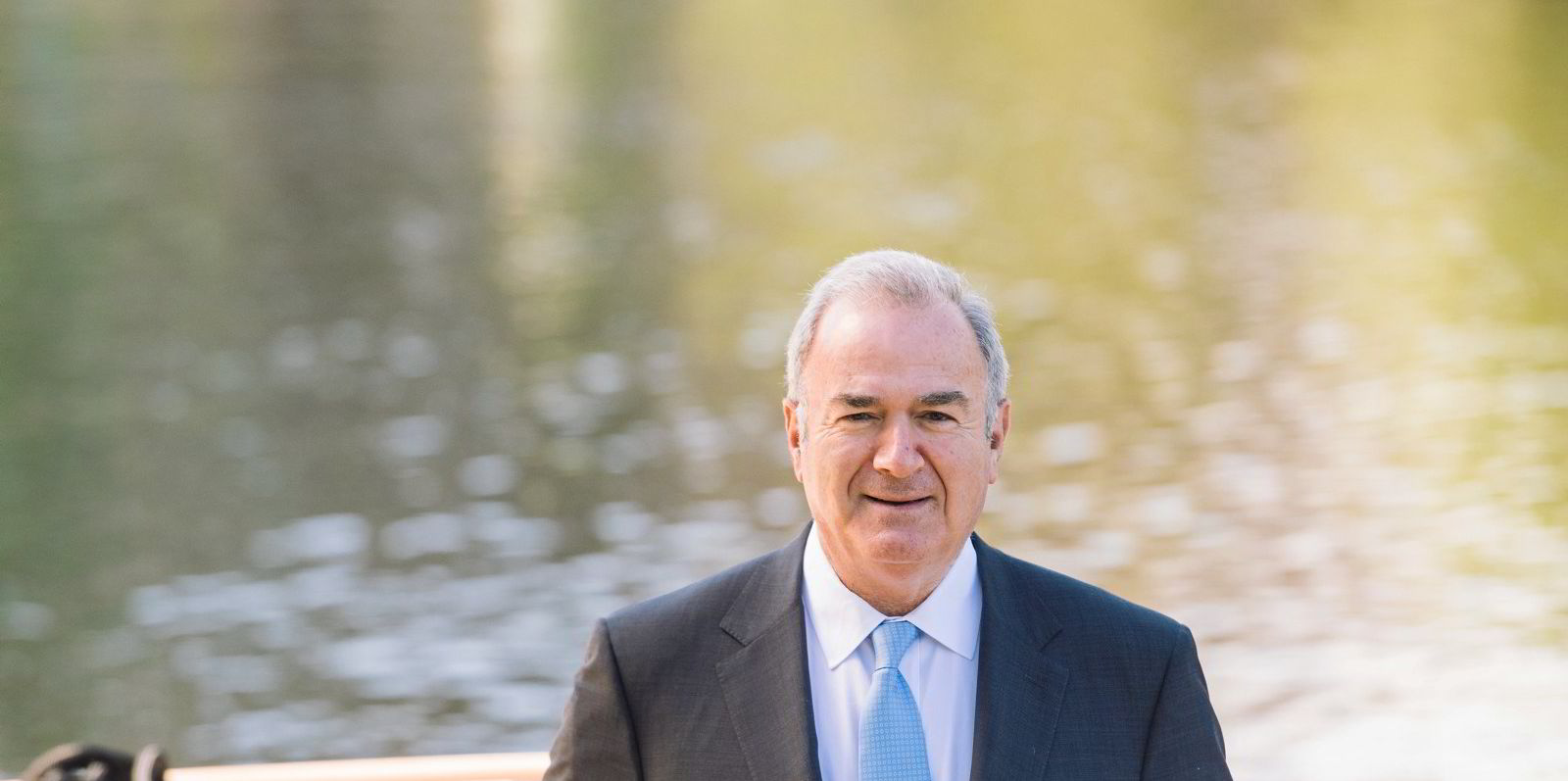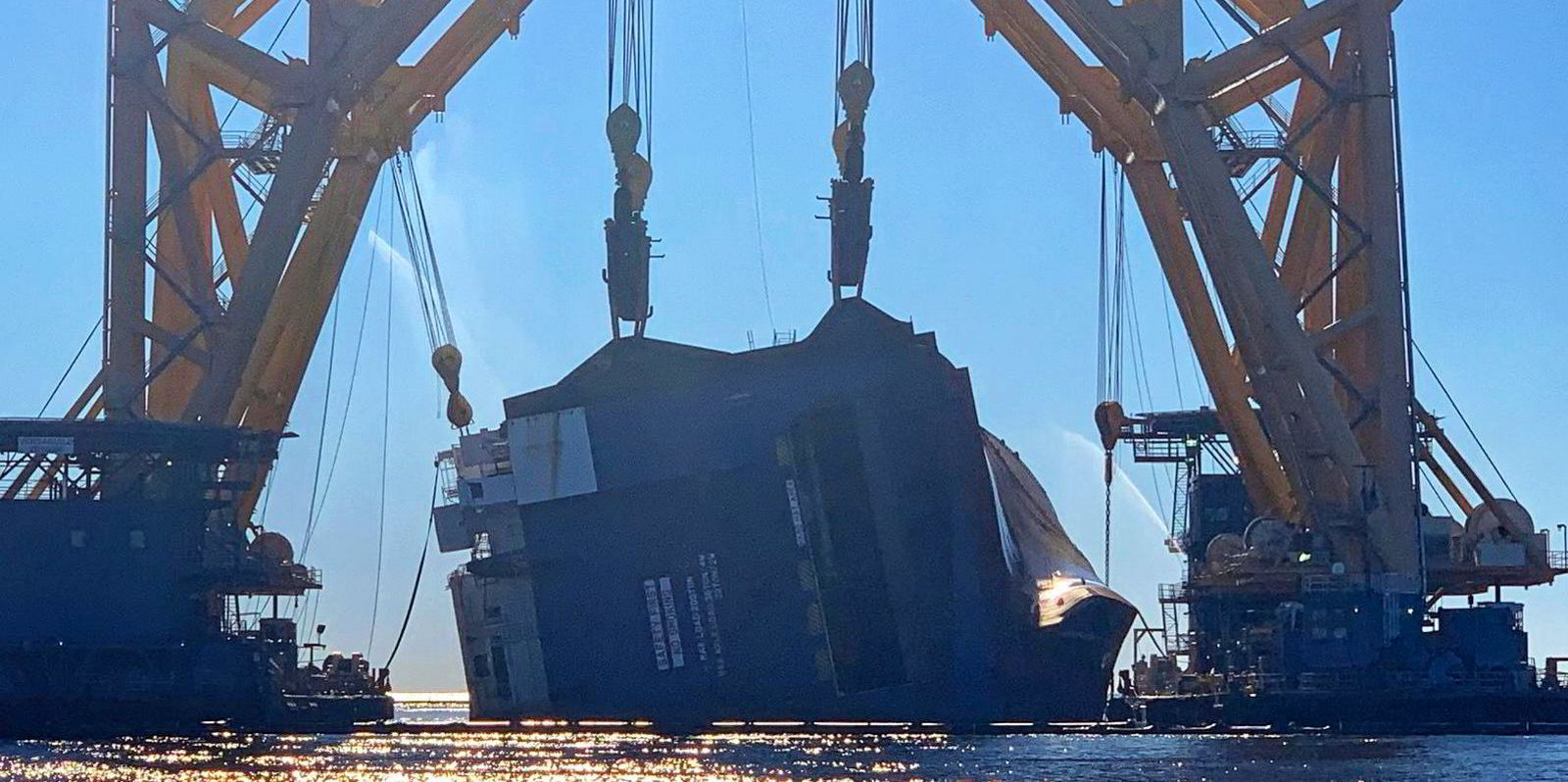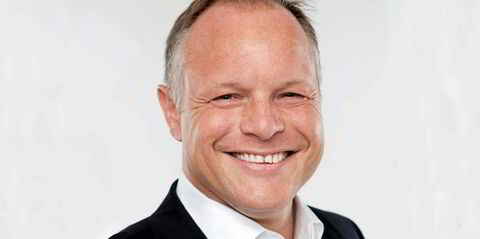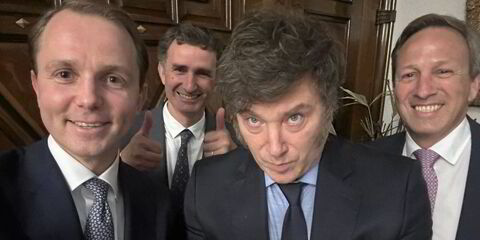The historic mutual protection and indemnity system seems almost by definition sustainable. When news of major shipping casualties hit our screens, we know that it will respond with alacrity and proficiency to protect the environment, shipowners and other third parties along today's hugely complex global supply chains, notwithstanding the financial cost.
And the financial cost is real. Incidents where the environmental and social consequences are severe are relatively rare, but a small number of such incidents dominates results across the market. Standard & Poor's signalled its alertness to the market experience last year, and 2021 looks like it will offer little comfort.
We think of the natural catastrophe reinsurance markets as volatile. P&I clubs are a blend of insurance for a handful of very large incidents and attritional claims that happen in their thousands — all requiring hands-on service.
Following years of premium erosion, paying for all of this saw clubs’ combined ratios for 2020/2021 ranging from 101% to 150%. The period of 2019 to 2020 saw results nearly as stomach-churning to the financially minded of us — from the just-over-the-line 99.8% to 137%. That variability means that P&I clubs require higher levels of capital.
Even with the headline-worthy experience of Covid-19 business interruption claims, and an "abnormally high frequency of natural weather catastrophe events", the results for Lloyd's of London were better than P&I clubs could manage.
The variability in the marine, aviation and transport line over the last five years, between 90% and 119%, is also much better yet sufficient to put marine liabilities under the spotlight.
Saw it coming
Our underwriting results for 2020/2021 were consistent in one sense — we all lost money. In 2019/2020, only one club of 13 avoided an underwriting loss. For any other insurance sector, a “hard” market would have been triggered some time ago.
If we are honest with ourselves, we all saw this coming. As rates steadily reduced by over 30% in recent years, even as exposures grew, we have often returned to our essential raisons d'etre and supported our shipowner members as they navigated difficult times themselves.
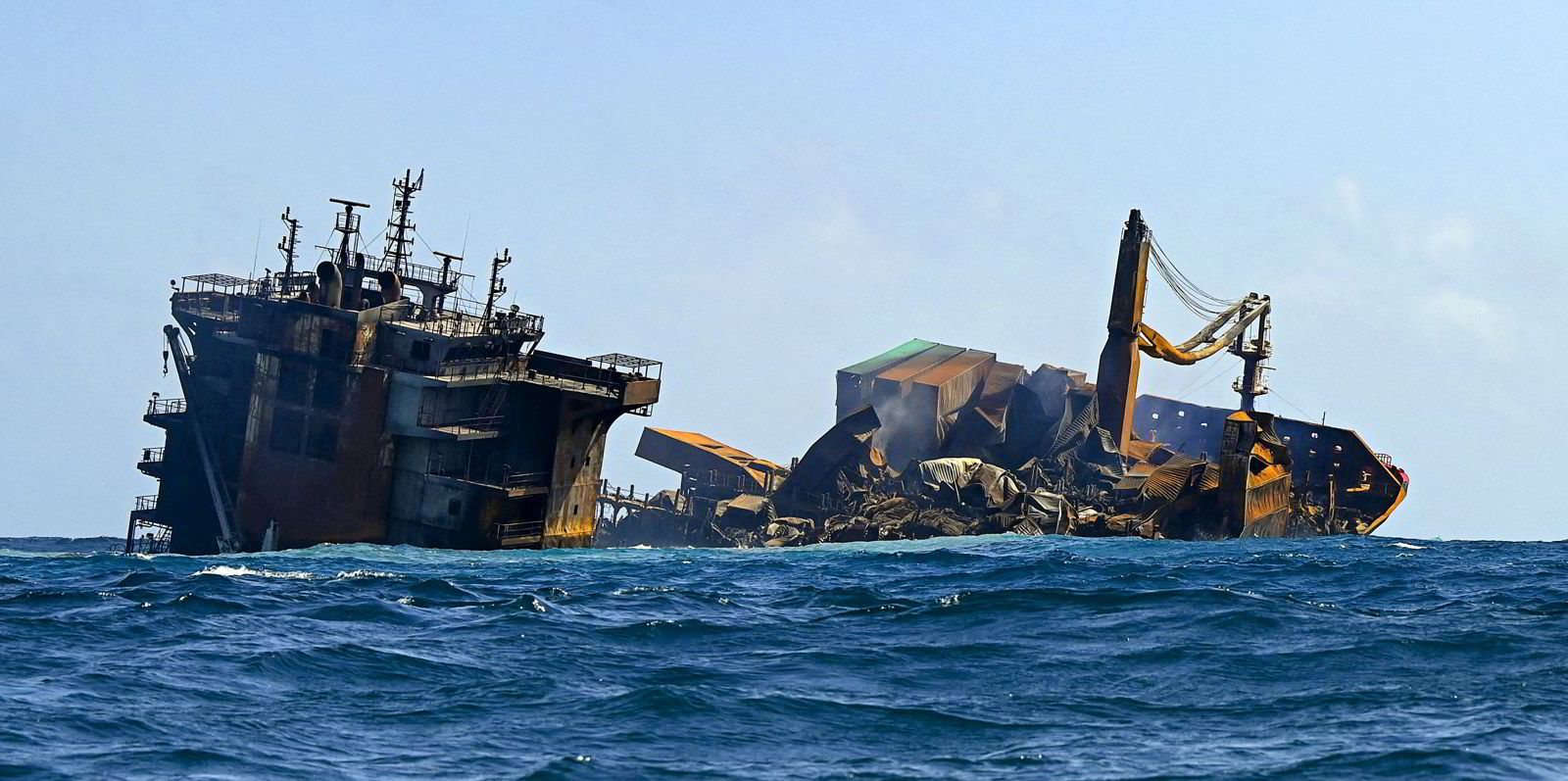
As shipowners are also the clubs' owners, they have every right to demand value and support from their P&I club. Equally, shipowners recognise the unparalleled role that the P&I system plays, and that it is too important to be imperilled.
A "hard" market in P&I terms means fair premiums that support the clubs and the wide-ranging support they provide, as well as sharing the cost of major incidents that could happen to any shipowner.
Investment income
Last year we reached the inflexion point where investment income only just kept the P&I system afloat — even when a typical P&I club achieved returns of 6% to 7%. At this point in the cycle, we have nowhere to go to seek those levels of return. The 10-year average is closer to 4% — around a $300m shortfall on last year's return.
It would take a brave chief financial officer at present to forecast more than 1% to 2% in their business plans with equities uncertain, and rising yields pushing down the value of our extensive bond portfolios. This is not a funding gap for the market but more of a yawning gulf of $500m to $600m.
Sustainable objectives
The whole shipping industry is judged on the response to major incidents that are on public view worldwide. That response relies on the network of support that today's P&I system provides — from correspondents and on-the-ground response teams through to the expertise and financial resources that P&I clubs make available, combined with the backing of a unique reinsurance programme.
Through the International Group we promote sustainable objectives — improving safety at sea and protecting the marine environment. It is a unique system of collaboration — amid ruthless underwriting competition — that could only have grown over years of continual support and guidance from owners.
Whether we call it a "general increase" or not, we hope that shipowners will understand the need to support their P&I club — an investment in the club that they own and in the sustainability of the P&I system as a whole.
Ed Davies is chief financial officer at North P&I,
a protection and indemnity insurer
Do you have an opinion to share? Email: news@tradewindsnews.com
